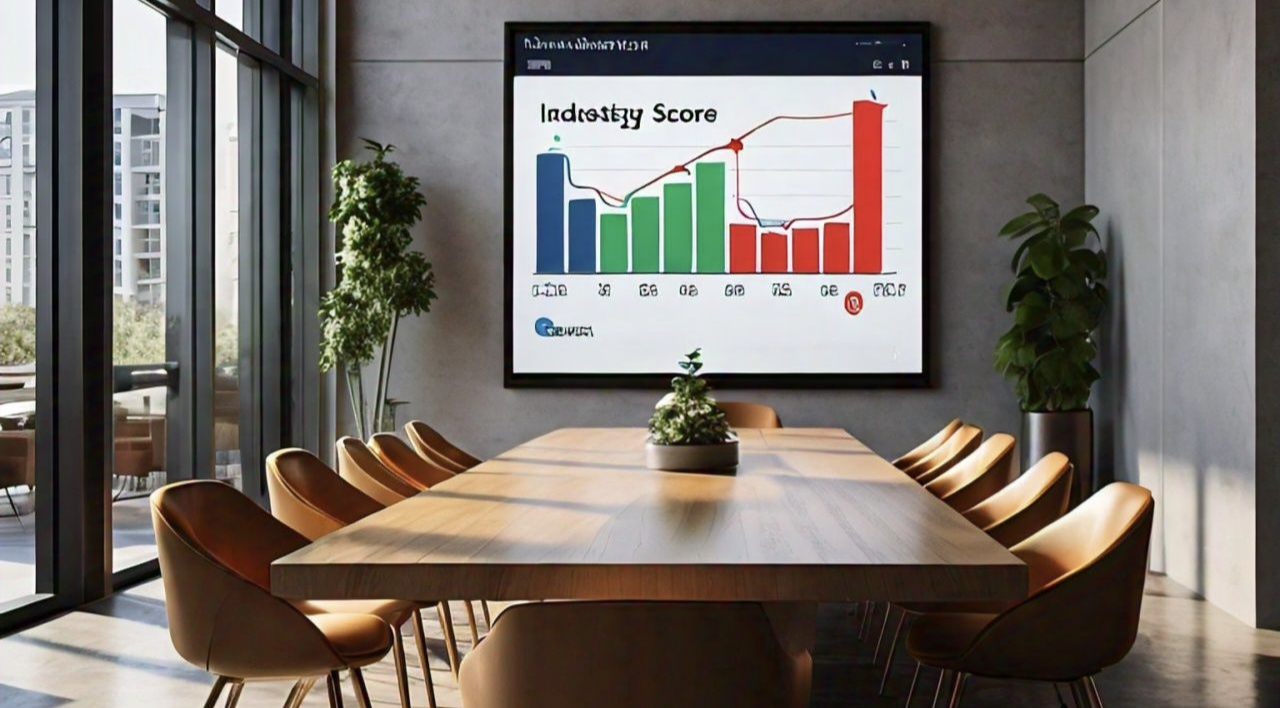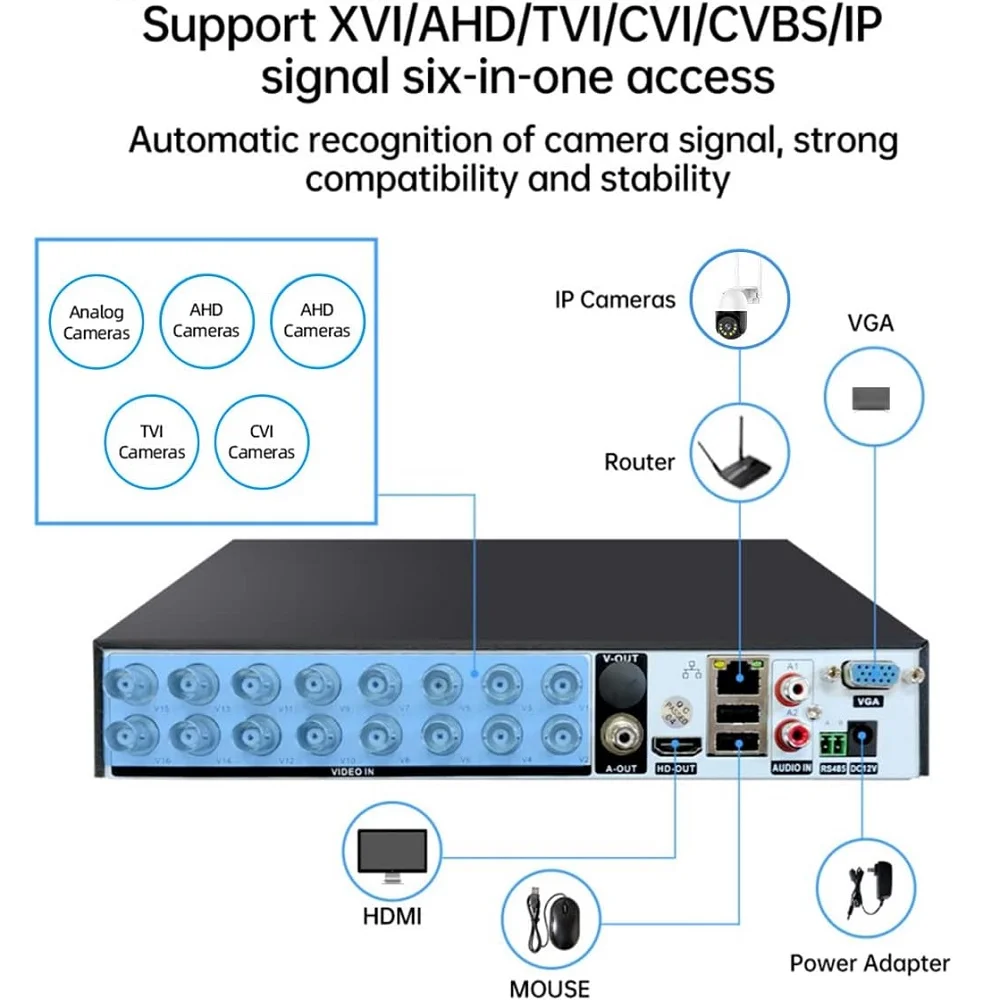Only a few metrics can be stronger in the world of customer experience than the Net Promoter Score (NPS). NPS is a measure of customer loyalty and satisfaction, and through that, it reveals the actual situation of the company in terms of its ability to satisfy the customers’ needs. Nevertheless, it is important to comprehend what a great NPS looks like; if one is to be achieved, it’s necessary to take into account the NPS benchmarks by industry. Separate segments of the economy have diverse problems, and each of them has different standards for excellence, average, and poor scores.
Understanding NPS and Its Importance
NPS is derived from a single, deceptively simple question: In a range of 0 to 10, how likely would you be to recommend our product/service to a friend or a colleague? The respondents are classified as promoters (9 to 10), passives (7 to 8), or detractors (0 to 6). The score is determined by subtracting the percentage of the detractors from the percentage of the promoters, therefore the score can be anywhere from -100 to +100.
This indicator is indispensable for those businesses who want to improve their customer experience. A high NPS means that the customers are satisfied and loyal to the company, and hence, the company has higher revenue, better customer retention and positive word-of-mouth. On the other hand, a low NPS is a warning signal that points out the areas where the customer experience is not up to the mark.
NPS Benchmarks by Industry
Tech Industry: The tech companies, specially those that offer SaaS (Software as a Service), usually have the highest NPS scores among the companies in the tech sector. The norm for the score is between 30 and 50 and the biggest names in the field including Apple and Google usually get scores over 60. The high-bench is a proof of the sector’s attraction to the innovation, user experience, and customer support.If you want cloud based PF software you will get it from an IT company.
Retail: The retail industry has a lot of NPS scores difference. The retailers who have a high-end market and those with a powerful e-commerce platform, like Amazon, usually get the score between 50 to 70. Meanwhile, the brick-and-mortar stores may have their grades being somewhere between the 20-40 range. The main thing that makes a difference here is usually the customer service quality and the shopping process that is easy to handle.
Healthcare: In healthcare, patient satisfaction is of the highest importance. The NPS scores in this sector usually lie between 30 and 40. On the other hand, the facilities that scored in the 90s were the ones that were far from the average. Nevertheless, those facilities that were on top of the list can exceed the average, getting scores in the 50s. The strong relevance and value of the services offered means that the slight enhancements of the patient experience can have a huge effect on the NPS.
Financial Services: Banks, insurance companies, and other financial firms usually have NPS scores that go from 20 to 40. Although trust and reliability are the most important factors, the complexity of financial products and the occasional regulatory challenges can be the main difficulties in reaching a higher score. The companies that are very transparent and have the best customer support can achieve the scores in the 50s.
Hospitality: The hospitality industry, consisting of hotels, restaurants, and travel services, usually has NPS scores between 40 and 60. Outstanding customer service, individualized experiences, and the highest level of attention to detail are the characteristics of industry leaders. To mention, luxury hotel chains seldomus ever score below 70, thus setting a high standard for others to follow.
Leveraging NPS Benchmarks
The knowledge of NPS standards by the industry is the key to establishing possible, feasible goals. Companies should not limit themselves to just meeting their industry benchmarks but aim to go beyond them to gain an advantage over their competitors. On a regular basis, NPS and actively trying to get feedback on the things that are the problem can be the keys to the improvement.
Furthermore, the NPS results should be taken into consideration in the context. A score that may seem low in one industry can turn out to be better than the average in another. Therefore, the comparison of a company with the industry standards is the more precise way to see where a company is in comparison to its competitors.
Conclusion
NPS is one of the most strong weapons in the customer experience management team. Through comparing with the industry standards, companies can establish realistic goals and formulate ways to enhance their customer’s satisfaction. No matter what the industry is, in tech, retail, healthcare, financial services, or hospitality, getting to know and using NPS benchmarks is of importance for the development of customer loyalty and business success.





Be First to Comment